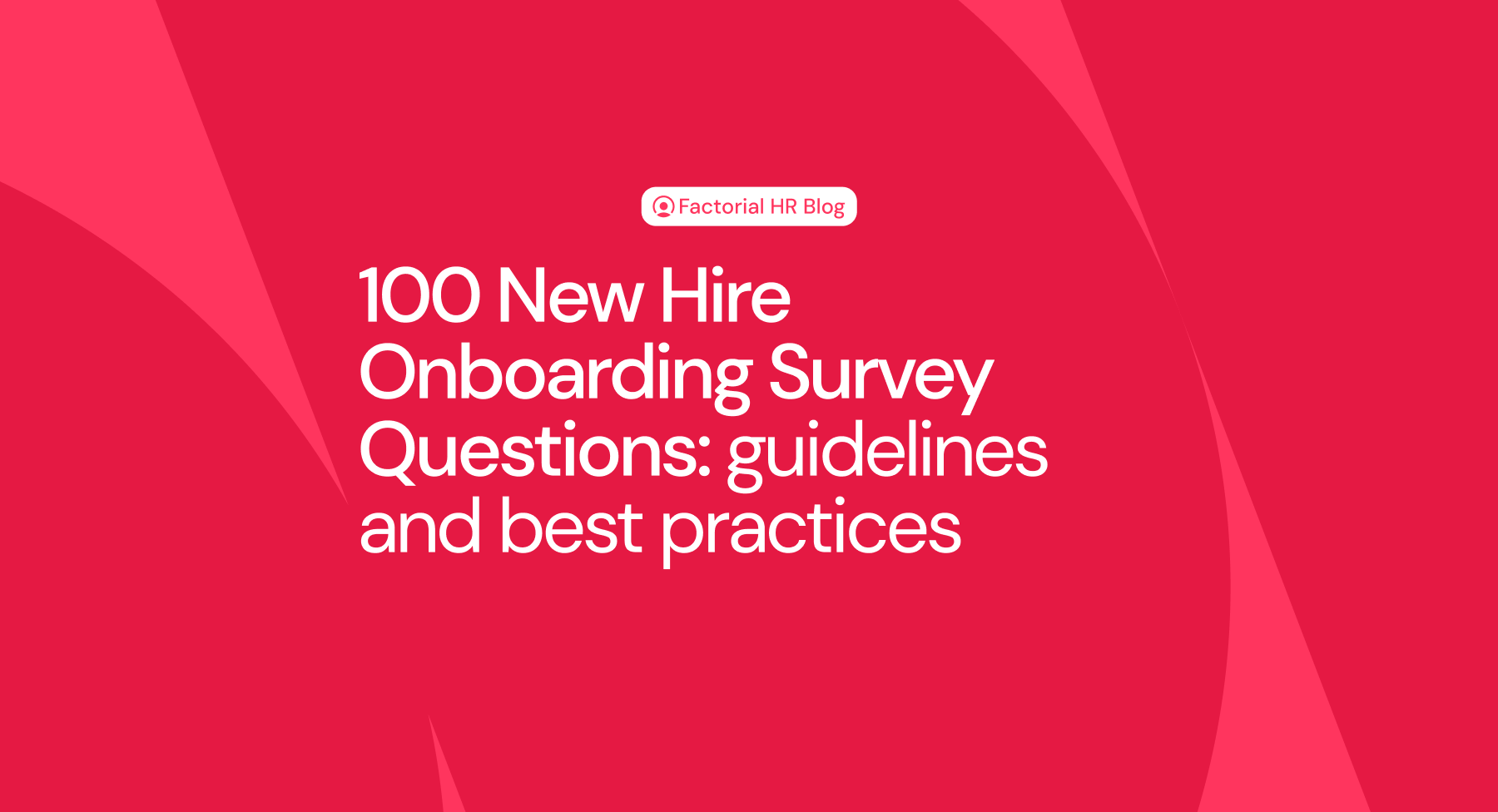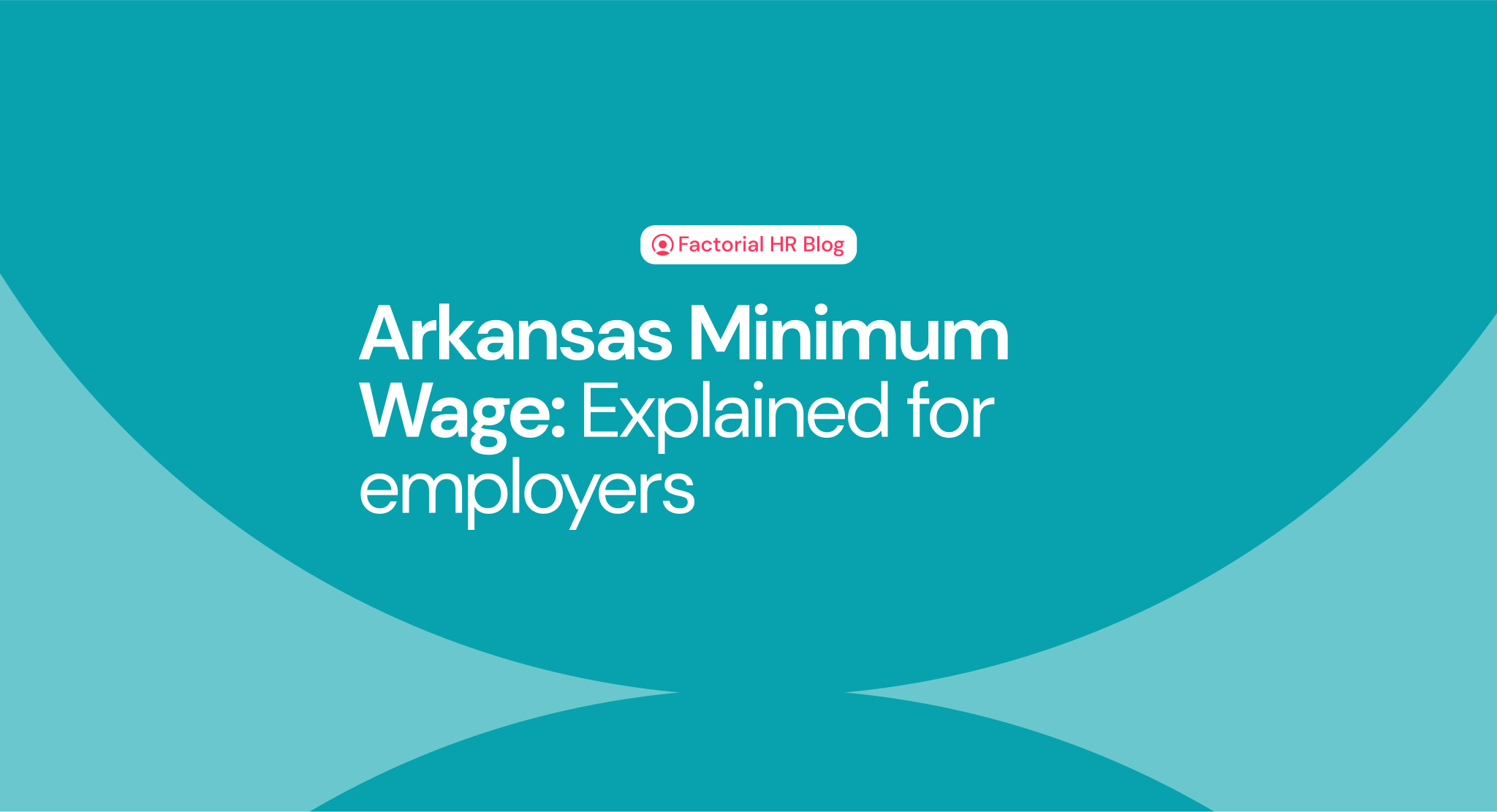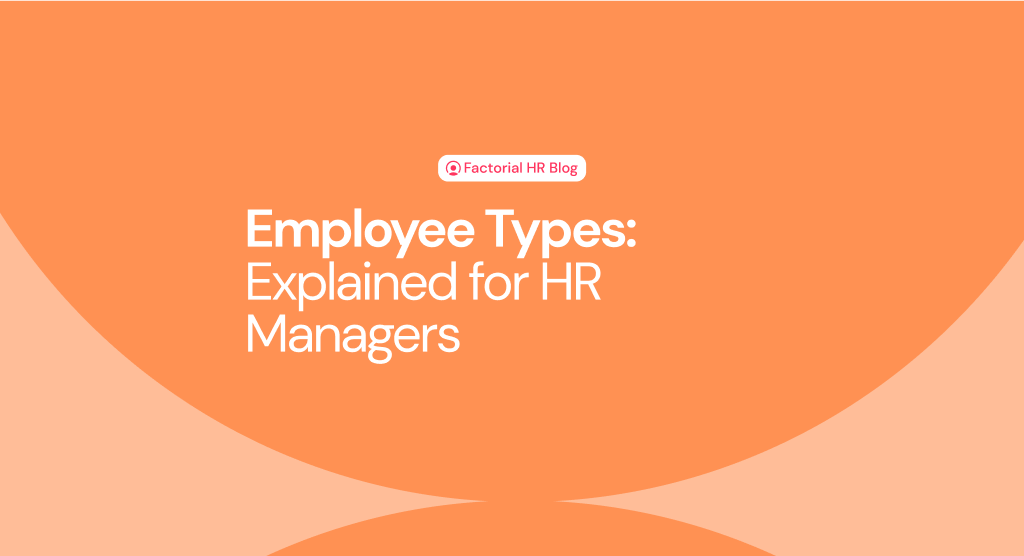We often fail to comprehend how many hours we spend alongside our co-workers. With this said, it’s no wonder conflict resolution in the workplace is such a hot topic. Spending extensive time alongside our co-workers tends to affect us more than we’d like to think. We all have a unique personality, values, and beliefs, which are capable of clashing with those around us. At least, workplace disputes are not a foreign concept, which means, we are used to handling them, right? Quite the contrary actually. Although conflict in the workplace is relatively common, many of us aren’t versed in the complexities of resolving these disputes.
Is your HR department prepared with a system of best resolving conflicts at work?
Workplace disputes affect the productivity of your company! Be prepared to handle them in the best way you can. It’s inevitable that they come up, but there are things you can do as a manager, to minimize the risk. In this guide, we will dive into how to prevent work conflicts, techniques to manage conflicts when they arise, who is responsible for resolving conflicts in the workplace, and more!. We’ll also dive into why conflict arises and how to identify the different types.
What are workplace conflicts?
Workplace conflicts are discussions between two or more people and are provoked in the workplace for a particular cause. Thes disputes are rather common inside a heated discussion. It’s important to know how to correctly mediate the situation so the conflict comes to a quick resolution as to assume no losses.
Triggers that Provoke Conflict at work
You can better handle conflict in the workplace by first understanding what triggers it in the first place. Here is a list of the most common causes of workplace disputes:
Lack of resources
Employees require certain resources, such as computers, paper, etc., to properly carry out their tasks. If these resources are scarce, it could provoke a competition for them.
Different perceptions
It’s common for every worker to possess a varied point of view on a certain situation. The confrontation of these conflicting views, can lead to discussion and result in disputes.
Opposing objectives
A company must clearly state its objectives to the employees. If not, employees may be prone to come up with their own version. When this happens, misunderstandings result and employees tend to follow their own personal objectives rather than those of the company.
Poor task distribution
Every employee must have a detailed written explanation of their tasks so they don’t end up performing functions that do not correspond with their role.
Misunderstandings
Poor communication can provoke misunderstandings between co-workers or employees and managers. For this reason, it is important that every employee has a clear understanding of the company policies.
Opposing personal values
Every employee has their own personal values (cultural or religious), which at times are different from those of their co-workers. If employees choose not to respect another’s values, the likelihood of a labor dispute occurring increases.
Different ways of working
Every employee has a distinctive way to work and perform their tasks. From time to time, misunderstandings can result from these different working styles.
Work pressure
Strict deadlines on tasks have the capacity to add extra pressure in the workplace. As we all know, employees under higher pressure are more easily provoked by conflict.
Types of Conflicts at Work
Conflicts at work are classified in different ways, either according to, the parties involved, the motivation, or the nature of the conflict.
Labor disputes according to the parties involved:
- Intrapersonal: This occurs within the self and results when the employee’s values do not support what they are being asked to do. Thus, there is an internal conflict between what he/she has been asked to do and what they think is right.
- Interpersonal: Conflict of this type involves various parties. Usually, this type occurs between employees and supervisors or between co-workers.
- Intragroup: The type of conflict that is produced within a group.
- Intergroup: Conflict that takes place between two or more distinctive groups.
- Interogranizational: Between two or more organizations.
Work conflicts based on their motivation:
- Relationship conflict: Usually occurs when different personalities collide.
- Information: Due to misunderstandings.
- Conflicts of interest: When everyone has their own needs and tasks, this tends to impede the interests of others.
- Structural: Produced by cultural or educational inequalities in terms of roles.
- Conflict of values: When an employee attempts to push their values on another.
Conflicts according to their nature:
- Contingent: this is easily solved when additional options are provided, which are more favorable.
- Displaced: a minor conflict that hides a larger more significant issue that must be disputed.
- Badly attributed: when those involved in the conflict, entered without knowing there was a dispute.
Conflict in the workplace according to their result:
- Constructive: When all parties arrive to an agreement that satisfies everyone.
- Destructive: No solution is found.
Tips for resolving conflict in the workplace environment
- Meet with all parties involved to solve the problem best.
- Maintain your calm and practice active listening towards all parties involved.
- Understand what each of the parties wants to achieve.
- Try to understand that there is more than one way to see things, and be willing to bend and give in to arrive at a solution.
- At all costs, prevent personal attacks
How to Prevent Misunderstandings
It’s always better to prevent conflict rather than needing to find a solution to an active labor dispute. Apply the following keys to help minimize the possibility of conflict occurring.
- Proper communication: Communication must be based on the respect of the other. Effective communication includes communicating clearly, with all employees about their tasks, deadlines, and ways to successfully complete their work.
- Define company policies: In every moment, the employees need to know who they must report too, their objectives, responsibilities, and what the lines of communication are that they need to use.
- Appoint the responsibility: To help prevent conflicts, it is fundamental for someone to be assigned to manage disputes. Depending on the workplace, there may be one person or many who handles conflict resolution in the workplace. These individuals must be trained in how to detect possible causes and how to act on them.
- Empathize and negotiate: The ability to understand your co-workers or boss better, ultimately allows you to reach agreements faster when conflict arises.
Resolving disputes in the workplace
To effectively problem solve in the workplace, you need to do two main things:
- Detect the dispute in time, to avoid it spiraling into a major problem.
- Have an action plan, so there is proper management to ensure effective conflict resolution.
In your action plan, it’s necessary to discuss all possible strategies before resolving the dispute. Depending on the cause and the parties involved, it may be more effective to apply certain strategies than others. Note: as a manager, you must maintain a neutral position as best as possible; refrain from leaning in favor of one side or the other.
Conflict Resolution in the Workplace: Steps
The resolution process required to effectively succeed at conflict resolution in the workplace is as follows:
-
- Detect the conflict as soon as possible to prevent escalation.
- Identify the people involved in the discussion.
- Study the situation to determine what is the original cause, and remain neutral while listening to all parties.
- Define the objective you want in order to resolve the misunderstanding.
- Create the necessary conditions to resolve the conflict: ensure that you have created a comfortable and relaxing environment. Following this, be attentive and listen to all points of view. Maintain optimism, and insist on focusing on the common objectives everyone has in order to arrive at an agreement.
- Discuss between the parties: after listening to all versions, invite discussion around the problem that exists. It is your job to guide this dialog to make sure it doesn’t become a ‘finger-pointing’ session. The final objective is a solution everyone is happy with; keep your focus on this.
- Search for solutions: identify all of the possible solutions, and figure out which common ground the group is agreeing upon. Tip – It´s best to write down possible solutions so you can clearly see which options exist.
- Follow-up actions: at this stage, see whether the actions proposed have been followed through with to achieve the objective initially set forth. If an action was not properly taken, this is the time to make adjustments.
Work Conflict Resolution Techniques
Arbitration
This technique is more commonly used when resolving severe conflicts quickly and involves a third party. In most cases, this with be the human resources manager or an external entity. Normally, the result of this technique is one that isn’t the most satisfactory to all parties, but, nonetheless, it is one that is effective.
Facilitation
For conflicts of low to medium severity, this technique is often used, and consists of a third person, like you, who can help facilitate the flow of the discussion. It’s important to remember that you are not the one to provide the solution. Both parties form a consensus before they make a final solution.
Mediation
Mediating workplace conflict is a technique best used when there is a negotiation between two parties taking place. As the HR manager, you act as the mediator (stalemate) in this scenario. As a technique, this is more formal than facilitation. It is your duty to create a work environment that is conducive to a discussion in which everyone feels understood and respected. You are there to help avoid workplace bullying.
Inquiry
Inquiry consists of the intervention of one or various parties of experts that have experience in addressing conflicts and resolving them.
Negotiation
This is the most favorable technique. Although, negotiation at times, is difficult to initiate, or is not well-received. The idea is that those involved in the dispute, attempt to resolve the conflict in a peaceful and respective way.
Let’s Wrap Up
As you can see, conflict resolution in the workplace is a hot topic that requires plenty of attention. Conflicts are inevitable, which is why you need to be prepared to deal with them. You now have the knowledge to better understand what causes conflict in the workplace, how to prevent it, and which techniques work best for providing solutions. If you’re the HR manager, you probably already have a million other tasks on your list of to-dos, and resolving conflicts is something in the back of your mind.









Conflict Resolution is so important that it could destroy a well balanced company or anything. Till you don’t say what is bothering you and just living and toleration, it will soon burst into bad. Nice to see that your concern about it.
Absolutely! Conflict resolution is something every company needs to have a handle on.